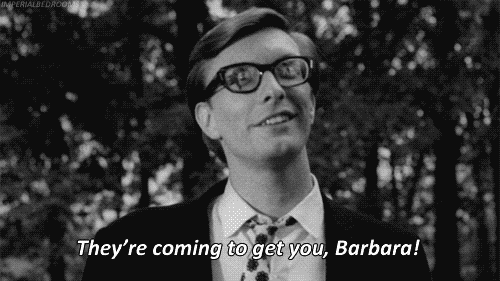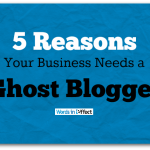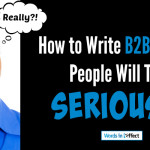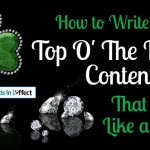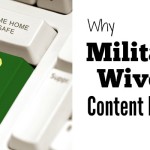
-

10 Perfect Gift Ideas for Your B2B Content Audiences
Are you a B2B marketer who’d like to say “thank…
-
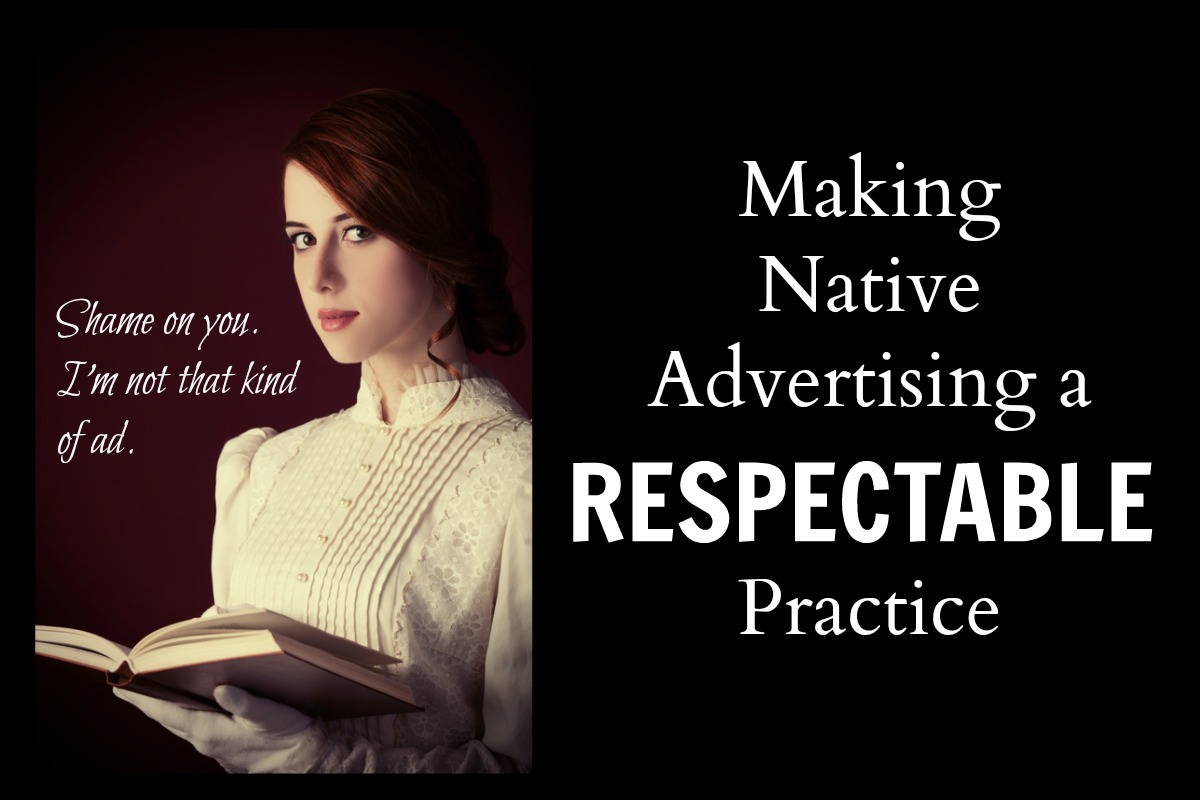
-

The Perils of Writing Poorly: 5 Ways to Kill Your Audience
Do you believe content writing can be delegated…
-

The Perils of Writing Poorly: You Call That a Hook?
Do you remember sitting beside the campfire as a…
-

The Perils of Writing Poorly: Is Your Copy Possessed?
Copywriting can be a dangerous pursuit. Each time an…
-
